Annalisa Stevenson loves soil. Most of us ignore it as dirt. But soil is “literally the foundation of life,” notes this Ph.D. student at the University of Wisconsin–Madison. She considers it the “coolest thing to study.” And she plans to make soil science her career.
The field of soil science is especially important right now. As Earth’s climate warms, our planet is experiencing more storms, fires, droughts and other disasters than in the recent past. But soil, Stevenson and others note, could be an important ally in the fight to slow climate change.
Water and nutrients — including carbon — pass through soil and the atmosphere in natural cycles. Carbon also cycles through the bodies of all living things. Through photosynthesis, plants draw carbon dioxide (CO2) out of the air. When a plant or animal dies and decomposes, microbes return much of its carbon to the air as CO2 or methane (CH4). Both are greenhouse gases that contribute to climate change.
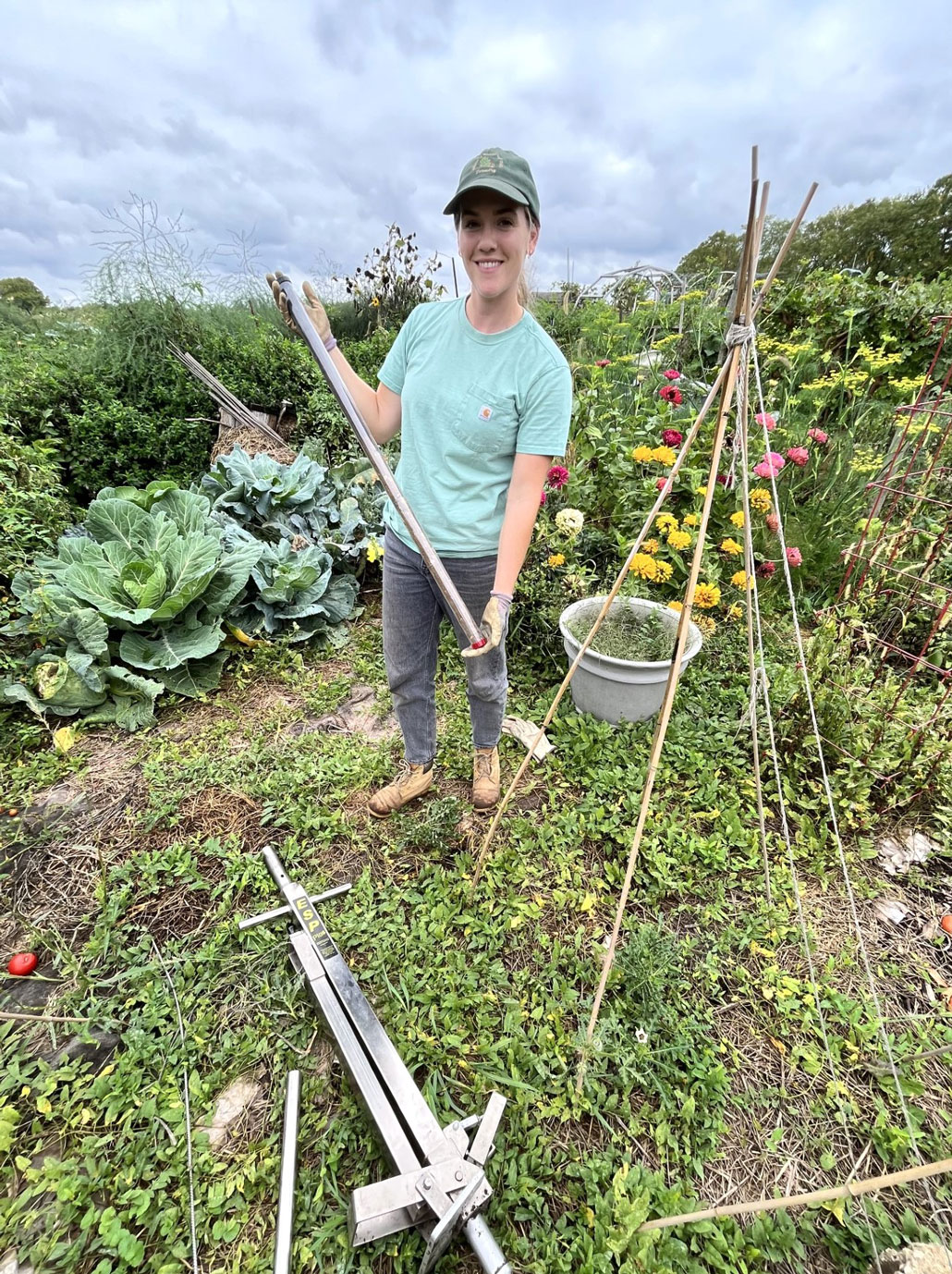
The good news, Stevenson says, is that soil has a superpower: It can keep carbon trapped in the ground. “There’s a lot of carbon there,” she says. The world’s soils contain nearly twice as much carbon as the atmosphere and all living plants combined.
The bad news: Human activities have been freeing much of soil’s trapped carbon. When we dig up dirt and plants or chop down trees, CO2 escapes. This leaves the soil less healthy. Disturbed soils also tend to release lots of methane and nitrous oxide (N2O), another greenhouse gas.
On many farms around the world, soils have been losing their stored carbon. “It’s like emptying your bank account,” says Keith Paustian. He’s an ecologist at Colorado State University in Fort Collins. Today, most farms’ soil contains some 50 to 70 percent of the carbon that was originally there when the land had been a natural ecosystem. Paustian, Stevenson and many other researchers would like to see farmers refill their soil’s bank account. Doing so would pull some greenhouse gases from the atmosphere back into the ground.
Soils can’t suck up all the carbon released by human activities, says Paustian. We’ll still need to burn less fossil fuel and make other climate-friendly changes. But improving soil, he points out, would “contribute significantly” to a healthier climate.
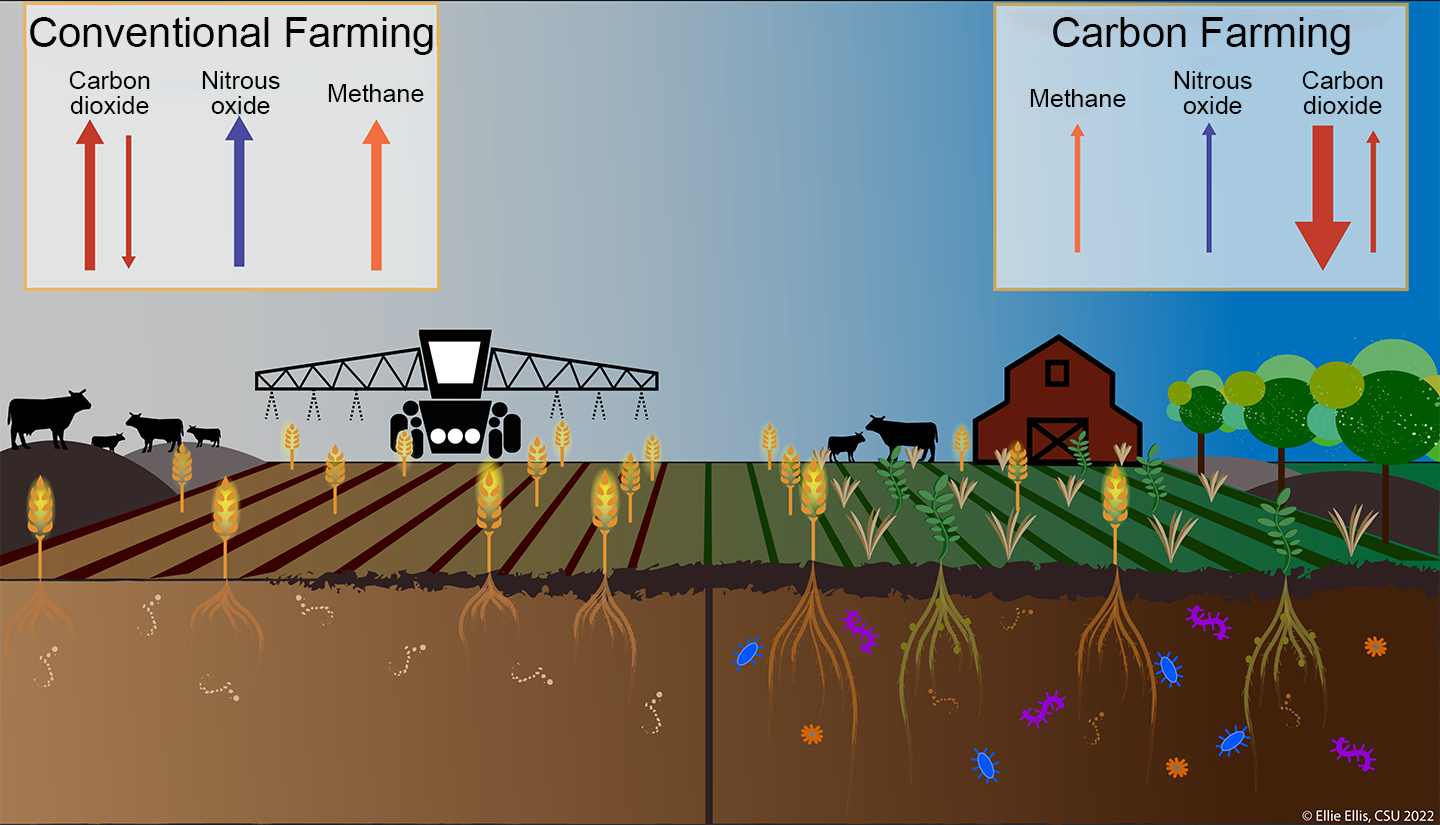
A new way to farm
Mitchell Hora’s family has been farming in Washington, Iowa for 152 years. “My first word as a baby was ‘corn,’” he says. Hora learned to drive a tractor before he turned 10. “The only way that we’re going to be able to [farm this land] for another 152 years,” he says, “is if we improve our soil health.”
Healthy soil “resembles chocolate cake,” says Hora. It’s chunky with spaces in between for air and water. Roots, worms and microbes call it home. This sort of soil holds onto water and nutrients. That lets plants grow bigger and stronger than they would in less healthy soil. These plants can survive longer stretches of bad weather. So healthier soils make for more productive farms, Hora says.
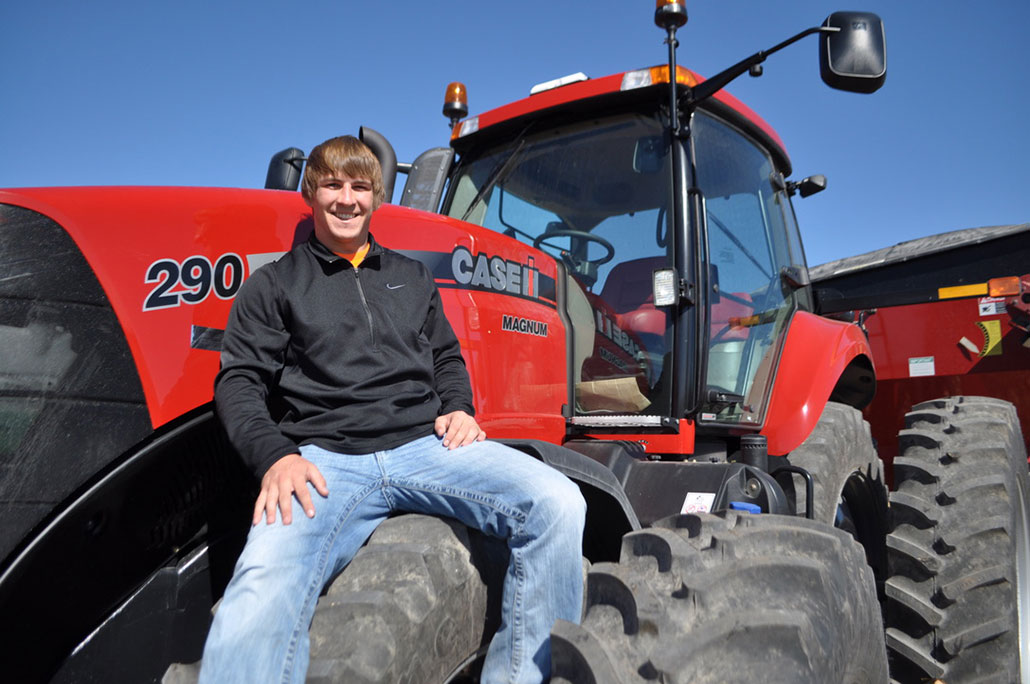
Hora still drives tractors on his family’s farm. He also runs a company, Continuum Ag. It provides tools that help farmers improve their soil. With a podcast and regular speaking appearances, Hora spreads the word about regenerative farming. This is a new approach to growing food that mimics nature.
Key to succeeding with this approach: Keep “armor” on the soil, Hora says. For farms, this means growing cover crops — plants that grow during the winter or after harvests. These plants ensure the soil always contains living roots, he says. Those roots help hold onto the soil so that it doesn’t erode away during rains or heavy winds.
Farmers should also cycle through different types of crops. They might switch between corn and soybeans, for instance, rather than always growing corn. This is important because some crops add nutrients to soil that other crops need. Another way to protect soils: Avoid disturbing them by digging up soil through tilling or by spreading a lot of chemicals such as weed killers.
Finally, farmers should raise livestock. When animals munch on and trample a cover crop, that encourages thicker plant growth, which takes in more carbon from the air via photosynthesis. These plants could also help put more carbon below ground as roots or other plant matter. And livestock poop — manure — adds natural fertilizer to the soil.
These are not hard and fast rules, Hora stresses. They are guidelines to help each farm discover what works best for its situation.
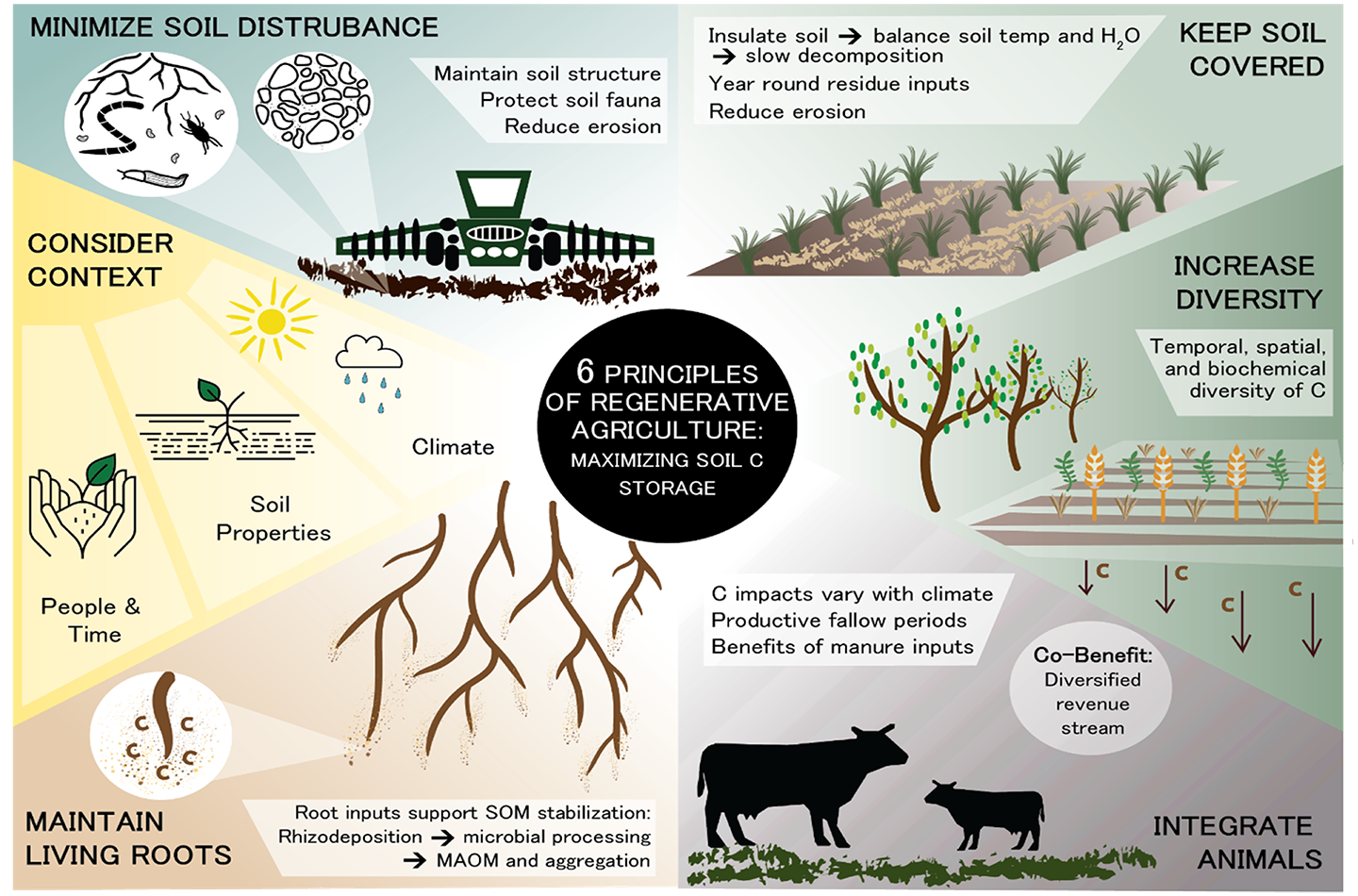
The advantages of no-till
In April 2018, Hora recorded a video while planting rows of corn with his father. The field they were driving over already had tufts of tall rye grass everywhere. Their machinery pushed corn seeds into the ground right through this cover crop. Soon, they would remove the rye grass to give the baby corn plants room to grow.
It was their second year with a cover crop on that field. And already, this land seemed more natural. “Deer, pheasants, now coyotes and rabbits — there’s plenty of animals coming back,” Hora said in the video. “There’s a heck of a lot of earthworms moving out here, as well.”
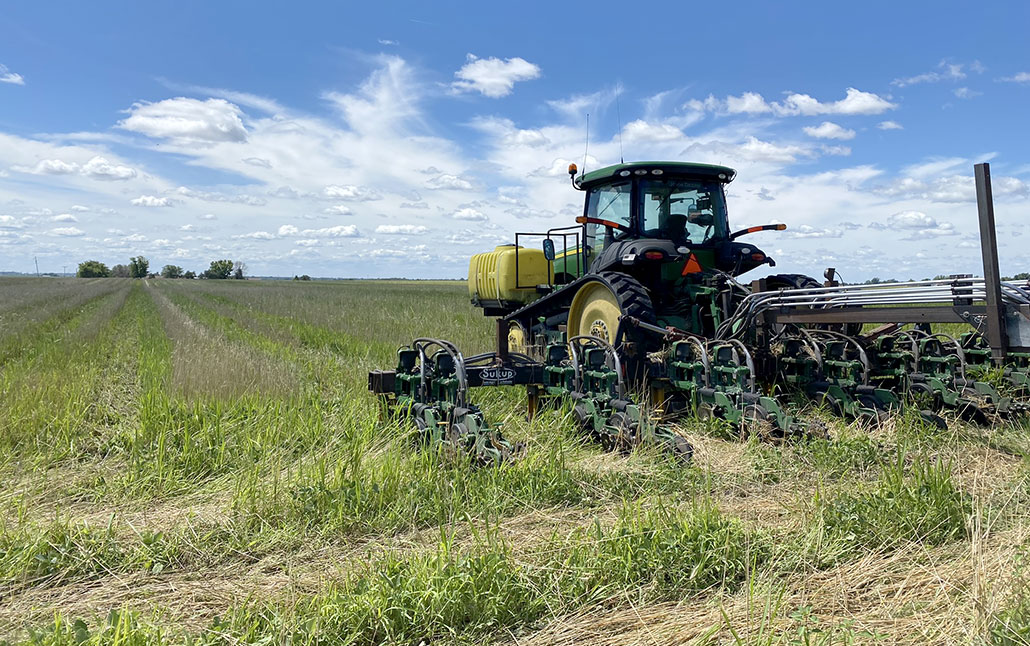
Planting cover crops was a relatively new practice for this farm. But the Hora family and a small group of neighbors had stopped tilling their land back in 1978. They had gone to no-till farming mainly to cut costs of fuel and machinery. But they also wanted to help keep their soil from eroding.
When a field is tilled, roots are broken or removed. So they can no longer hold soil in place. That soil is now more likely to wash away when it rains. No-till farming, which limits this soil loss, was quite rare in the ‘70s. It has since become more common. But even today, Hora notes, “only about a third of [U.S. farms have] adopted no-till.”
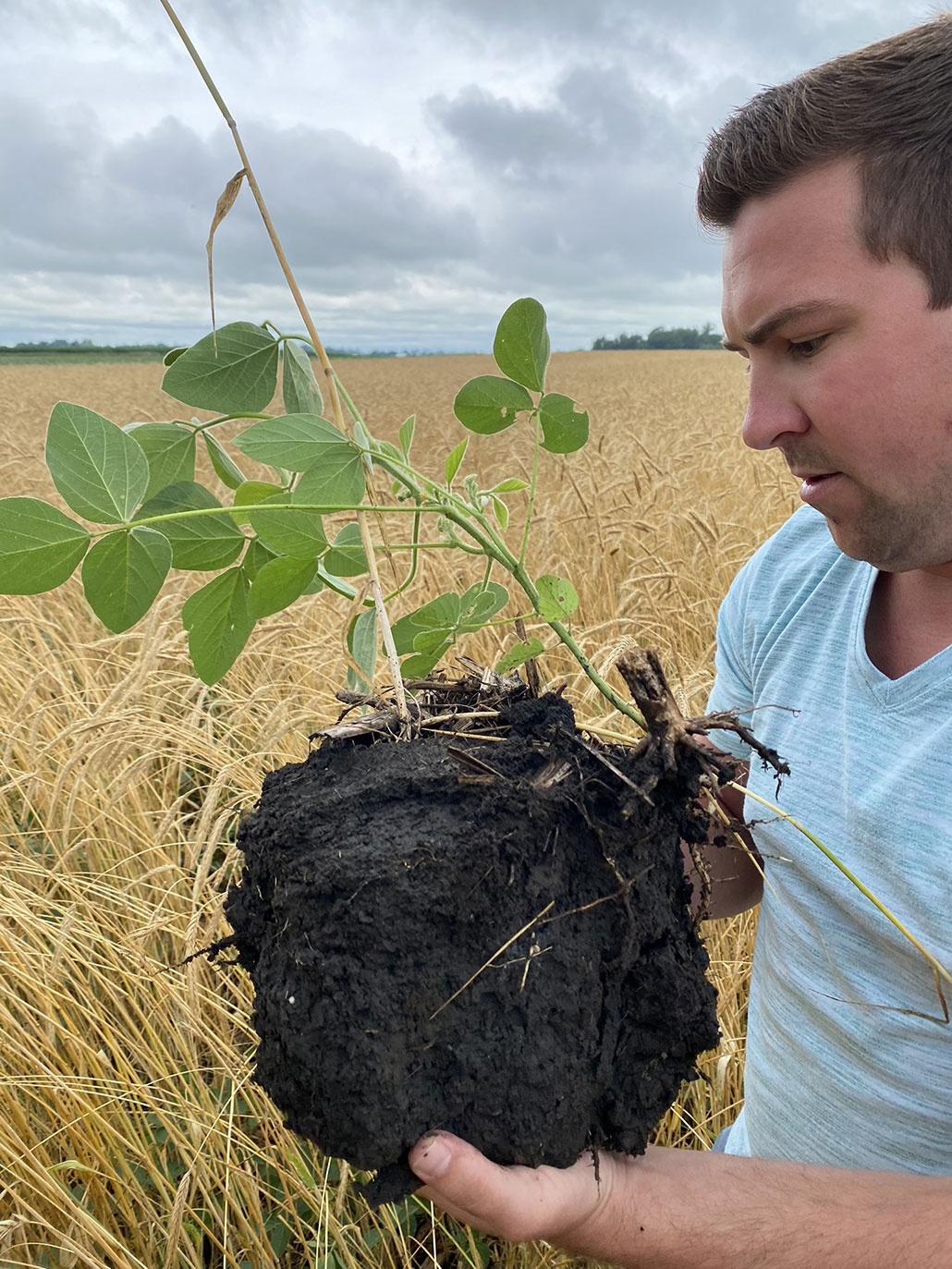
Now, in 2025, the Iowa farmer says his fields are better off because of regenerative farming. They yield bigger harvests and need less fertilizer than in the past. And their crops are more resilient to bad weather. This transformation took time, but it was worth it, Hora says.
Regenerative agriculture can clearly make soil healthier. But is it actually adding carbon back into the soil’s bank account? The U.S. Department of Energy has a system farmers can use to check this. Based on information about a farm’s practices and harvests, it calculates a carbon-intensity score. A negative score means you’re banking extra carbon.
“Last year I actually had some of my corn that was carbon-negative,” Hora reports. And almost every year his soybean harvests are, too.
That’s excellent news. But scientists caution that most tools to assess carbon storage are based on imperfect computer simulations. What happens in a computer model is based on real processes. But a model can’t capture everything. And we still don’t understand these processes completely, explains Eric Slessarev. “We’re sort of hoping that [the model] is close enough.“ He’s an ecologist and soil scientist at Yale University in New Haven, Conn.
Soils are incredibly complex systems. We’re still learning how the changes that farmers make can actually impact the climate.
A carbon ‘spending spree’
If you want to store more carbon in soil, it might seem like you should just add more carbon-containing materials to it. This way of thinking imagines soil “as a bucket,” says Wenjuan Huang. Adding anything to a bucket starts to fill it.
Huang tested this idea as part of her soil research at Iowa State University in Ames. In January, her team described results of a 20-year-long experiment at a farm the school operates. The experiment compared several types of farming practices.
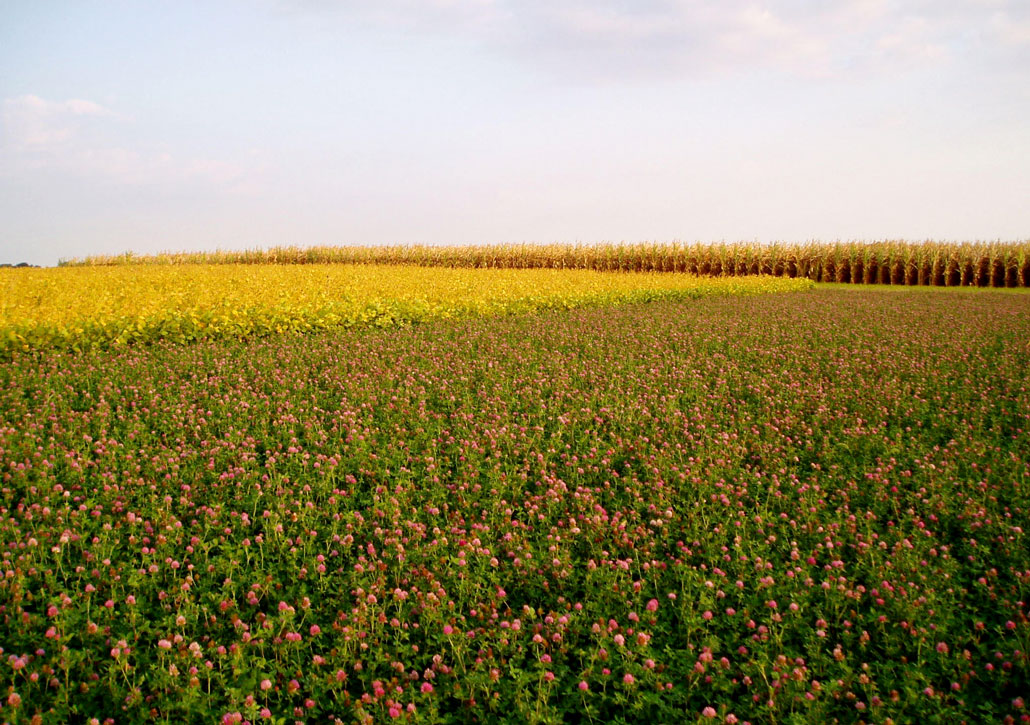
In some fields, the researchers grew corn and soybeans in a typical rotation. This left the field empty part of the year. On other fields, they added cover crops — such as clover or alfalfa — to the rotation. So there was almost always something growing. Plus, the researchers added cow manure before planting the corn.
All those extra plants and the manure contain lots of carbon. So over 20 years, these fields had more carbon added to them, says Huang. Surprisingly, her team didn’t find any increase in the carbon content of these soils, she says. The soil was not like a bucket. Where did the extra carbon go?
Think about what happens when you get extra money in your bank account. Do you leave it there? Or do you go on a spending spree?
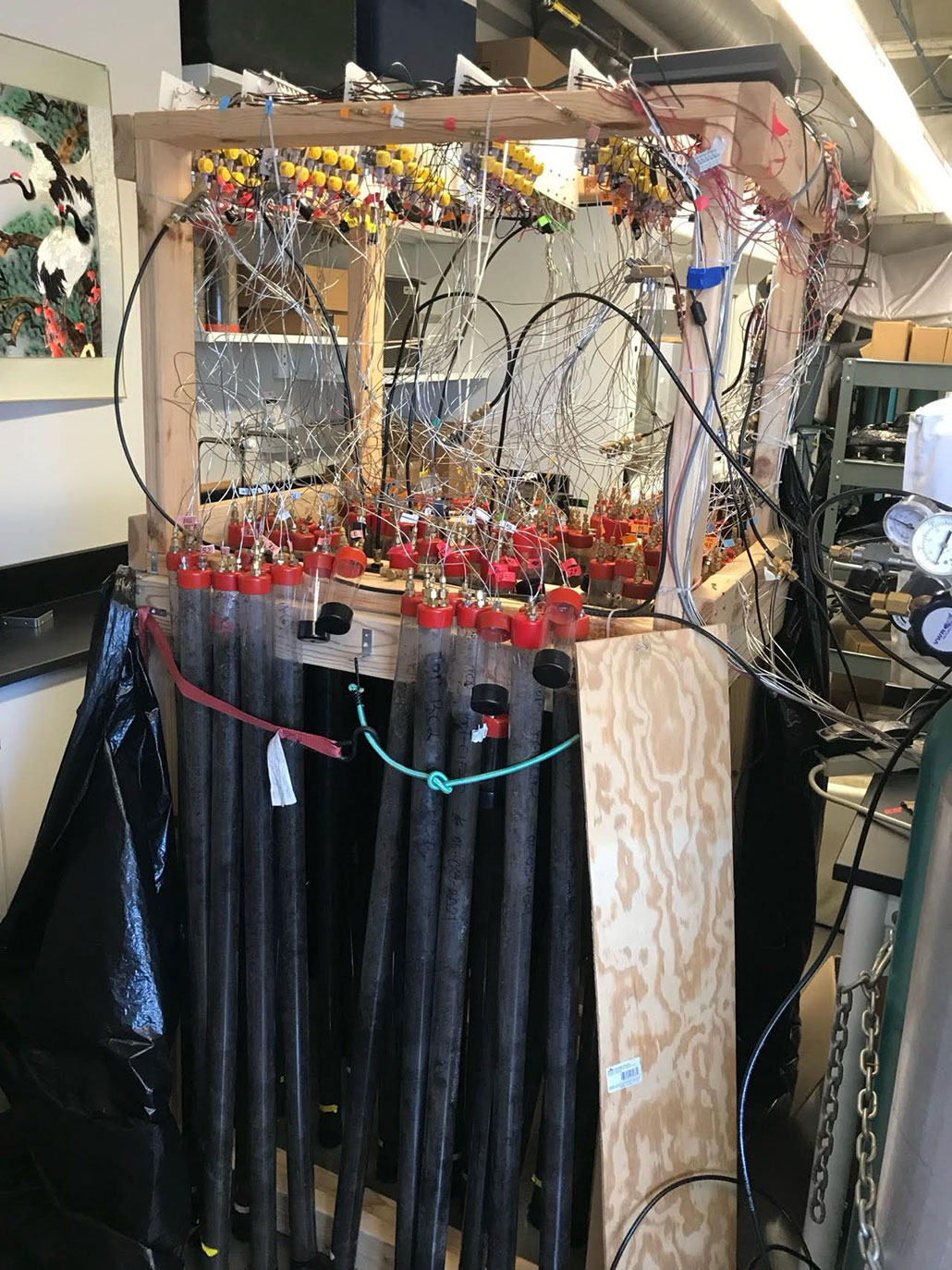
Many people tend to spend everything they get. Soil microbes, it turns out, act the same way. Putting more carbon into the soil kicked the microbes into high gear, Huang found. They churned through carbon faster in the diverse fields. So the extra carbon quickly wound up back in the air again.
This may seem like bad news. But carbon is just one part of a farm’s environmental impact. Microbes tearing through extra soil carbon made more nitrogen available in the soil, Huang’s team found. And nitrogen boosts plant growth.
Farmers typically spread fertilizer to add nitrogen to a field. But these Iowa State fields didn’t need much fertilizer. That’s a climate benefit for two reasons. First, making fertilizer uses fossil fuels. Second, excess fertilizer the crops don’t use attracts a type of microbe that emits nitrous oxide into the air. This gas is 300 times worse for the climate than CO2 is.
Researchers use the term CO2 equivalents to measure the impact of all greenhouse gases that some process emits. Compared to typical fields, the more diverse ones in this study actually reduced their overall CO2 equivalent emissions by 60 to 70 percent.
Huang’s fields only used a few regenerative farming practices. For instance, all test fields got tilled between plantings. Since 2021, Huang says, her group has been studying what happens when they reduce tillage. Perhaps this will help start to refill the carbon bank.
A hunt for buried treasure
Would letting a field go completely back to nature fill up its carbon bank account? Stevenson, at UW–Madison, studied this in a rural part of her state. “The farmers there are really into research,” she says. So they let her team dig small holes in their fields and the neighboring forests.
But before heading out with shovels (and sunscreen and bug spray), her team reviewed historic maps. They identified current farmland as well as forests that had never been farmed. They also found former farmland that had returned to forest 70 years ago. With the help of software, they picked random locations in each area to dig their holes. Then they had to find their way to these spots on a map.
It was like a treasure hunt.
After digging each small pit, they’d hammer a hollow metal tube into its side, Stevenson explains. Then they’d dig around the tube and remove it. Inside the tube was a core of soil.
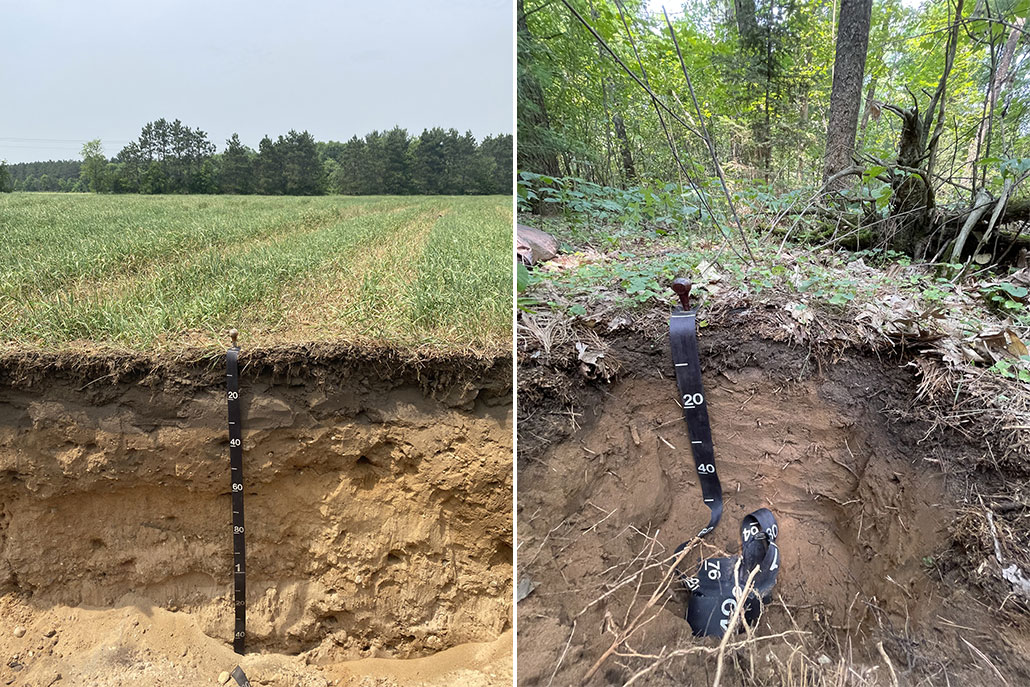
They measured how much carbon each core held. Land that had never been farmed had the most carbon per core. Reforested farmland had gained a lot of carbon in the very top layer of soil, where fallen leaves had built up. But even after 70 years, the next layer down hadn’t recovered carbon it had lost to farming.
Never-farmed soils also contained more bits of clay. That’s very important, Stevenson says. Clay can act like a sticky shield for plant matter or other carbon-based materials. Microbes have trouble decomposing material that’s stuck to clay. So clay can help keep carbon trapped underground. But when soil gets tilled for farming or sits out in the open between plantings, wind blows a lot of the clay away.
Results like Huang’s and Stevenson’s can improve tools for tracking a farm’s carbon intensity and guide farmers in managing their fields.
A new purpose for cow poop
Farms produce corn, wheat, milk — things we love to eat. But they also produce corn stalks and leaves, wheat stems, roots and lots and lots of cow poop. Often, these wastes, what scientists call biomass, end up rotting on or near a field. That releases the carbon that’s in them back into the air. Manure also releases methane and a distinctive stench. (If you’ve ever passed a cow farm, you’ll recall the odor all too well.)
At Spruce Haven Farm in upstate New York, cow poop has a new, less smelly destination. This farm now runs machines that turn manure into a charcoal-like substance called biochar. It “reduces the smell to zero,” says Johannes Lehmann. A soil scientist, he works at Cornell University in Ithaca, N.Y. He helped Spruce Haven farm set up its biochar operation.
To make this substance, you first dry the biomass. It can be manure or any other carbon-rich waste. Next, it goes through pyrolysis. This process looks similar to burning in a fire. But it’s different. A regular fire turns lots of those wastes into CO2. Pyrolysis instead chars biomass until it is almost entirely solid carbon.
Farmers can then add biochar to their fields. Because microbes can’t easily break it down, says Lehmann, biochar’s carbon can remain trapped in soil for a very long time. How long will depend on the climate. On average, half of the carbon in biochar will still be there after 550 years, his team reported last year. If you instead add biomass directly to soil, says Lehmann, its carbon could be gone in a matter of months to a few years.
Biochar also acts a bit like those clay particles that Stevenson noticed in Wisconsin. It has a certain stickiness, says Slessarev at Yale. This helps it hold onto water and nutrients. So adding biochar helps make soils healthier. Sandy soils, which host little carbon, could benefit a lot from biochar, he says.
But we might not always want to turn biomass into biochar, Slessarev notes. Biomass could be injected directly into wells or other underground spots where it can’t decompose. For instance, last year scientists reported digging up a buried log that had lasted 3,775 years without rotting. A blanket of clay had protected it from becoming dinner for microbes. So in some places, burying biomass might be simpler and less costly than charring it.
One very important lesson is that soils are complex, living systems. They aren’t just buckets or even banks. They’re “a hidden world beneath our feet,” Paustian says. That world contains a vast array of microbes, worms, insects, fungi and more. And it’s not easy to predict how these hidden communities will behave.
“There’s actually an amazing array of different kinds of soil,” Slessarev says. What happens to a soil’s carbon depends on the local weather and the soil’s minerals, depth, health and lifeforms.
Slessarev is skeptical that agriculture worldwide will ever trap more carbon than it emits. Indeed, Stevenson notes, “it’s a lot easier to lose [carbon] than it is to gain it back.” Societies should protect forests, wetlands and other parts of the environment that currently store large amounts of carbon, she says.
But farms still have an important role to play, Slessarev says. Societies rely on farms to supply food. By working together with soils’ carbon-trapping superpowers, farmers can make agriculture more climate-friendly.
Thankfully, Hora and many others have already gotten that message. Change takes time, that grower says. But it’s happening. Helping other farmers learn how to improve the health of their soil, he says, feels “awesome.”





